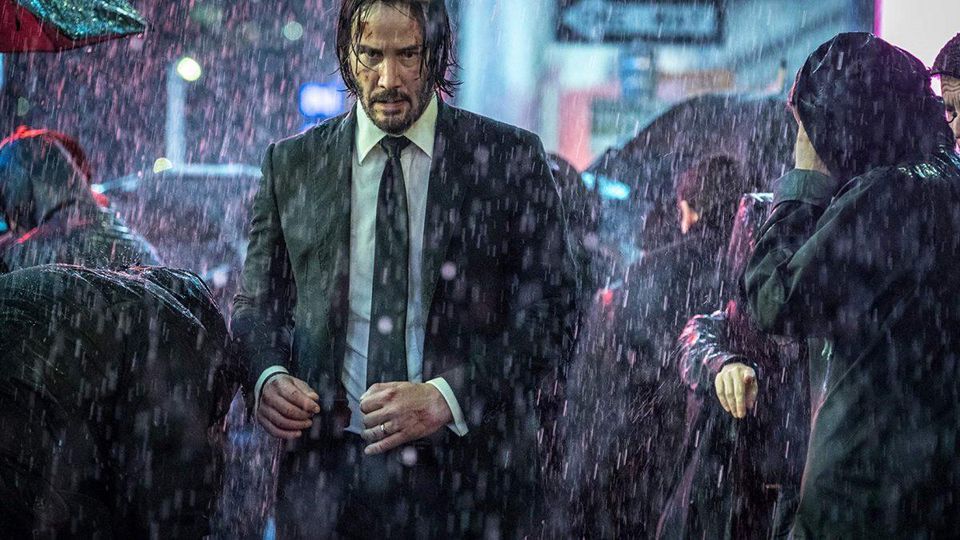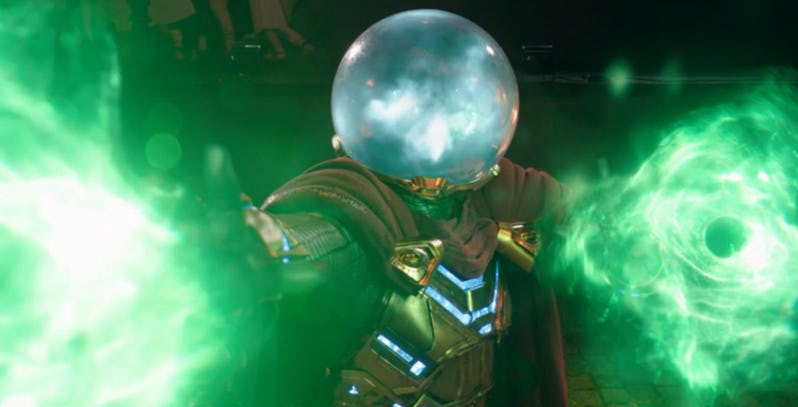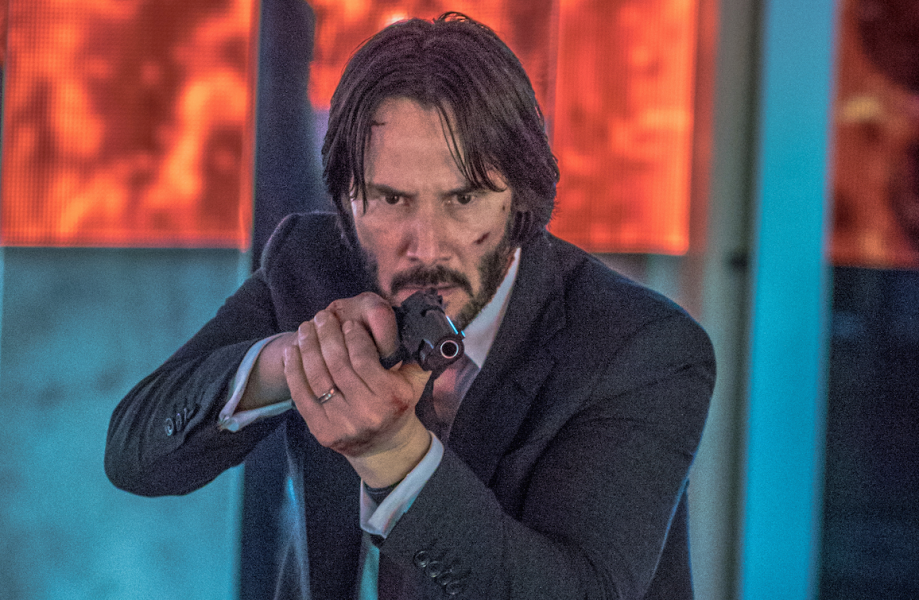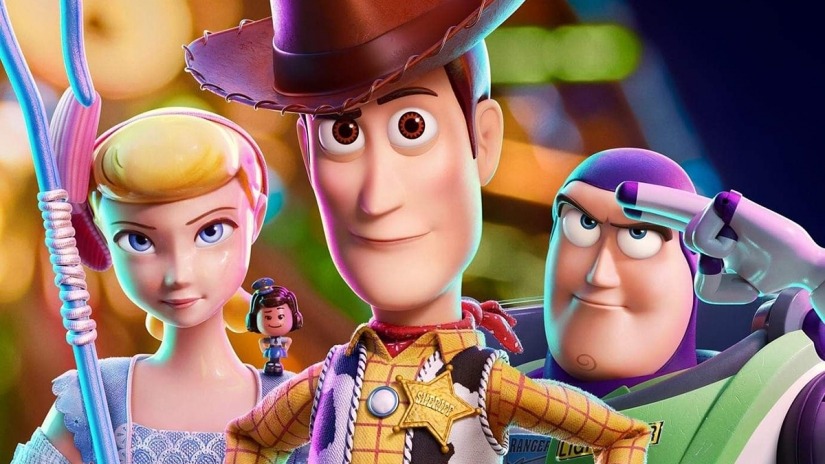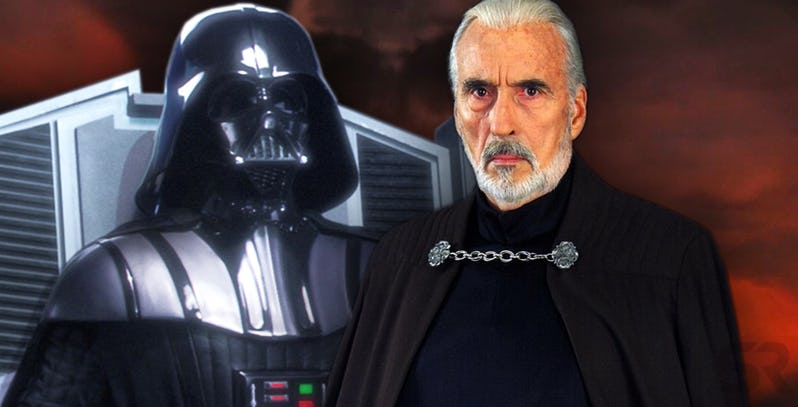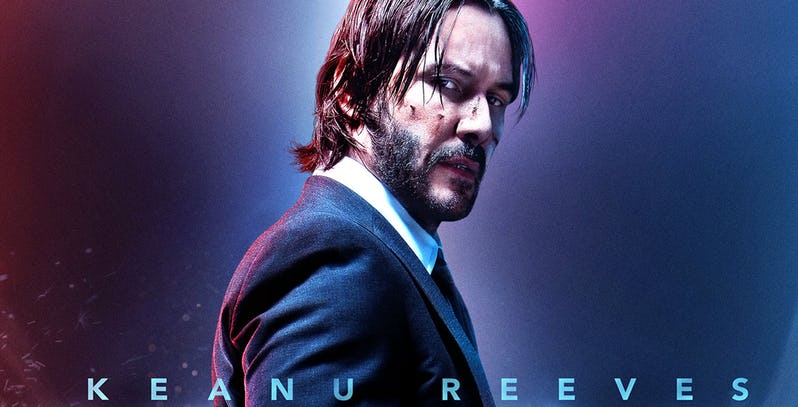The toys are back in town this summer, and producer Jonas Rivera tells Den of Geek why Toy Story 4 will be a worthy franchise follow-up
When Woody, Buzz and co said a moving goodbye to their grown-up owner Andy and started a new life with Bonnie at the end of Toy Story 3, many felt it was a fitting end to a near-perfect movie trilogy. But for the good folk at Pixar, there was unfinished business. And so, this summer sees the release of Toy Story 4 – a sequel that's been nearly 10 years in the making, which finally shows us what happened next.
“There's a lot of pressure...in a good way,” producer Jonas Rivera tells Den Of Geek about taking the reins of such a beloved franchise. “But it was pressure on myself – I was honoured to be asked to do it.”
The Oscar-winning producer of Up and Inside Out, Rivera has a personal connection with Toy Story – he started his career at Pixar as a production intern during the making of the first film back in 1994. “As originals, [Up and Inside Out] brought their own challenges – they were both pretty esoteric, hard films to pitch,” he explains. “But there were no expectations; we got to sneak them up on people. And this is not that. Everyone has a little bit of, ‘Don't mess it up!’ And I understand it because I love it so much. I took my family to Disneyland in Paris and the first character I saw was Woody, and all the kids were hugging him. And it kind of really hit me. It was like, ‘Yeah, this is important.’”
Picking up sometime after the third movie, with the toys now settled in their new home, Toy Story 4 sees Woody (Tom Hanks) and the gang on a mission to reunite Bonnie with her runaway DIY-creation, Forky – a recently brought to life craft project-turned-toy that could prove key to helping an apprehensive Bonnie cope with a life-changing event: starting school.
Taking place during a family summer holiday, the film is something of a road trip for the gang, during which they encounter a circus, a host of new toys (some good, some not-so-much) and their long-lost pal, Bo Peep. Bo’s absence from the third movie is quickly explained in the film’s emotional prologue – a moving but not-quite-finished piece of footage that Rivera showed off at a preview event last month. Afterwards, we caught up with the producer to ask about what we can expect from the upcoming fourth instalment.
1. It’s not a sequel for sequel’s sake
“As much as we all love these characters, I'm not interested in unnecessary sequels to things,” says Rivera. “All of us at Pixar feel like we don't do anything unless we have something to say. Toy Story 3 did feel like an end, and we didn’t want to hide from that. But like [co-writer] Andrew Stanton said, ‘It’s a great ending, but it’s not the end.’"
The producer calls the third film the end of Andy’s story, but points out that Woody is the protagonist – and his new life with Bonnie brings new challenges for the duty-bound cowboy. “It was interesting to us to ask: what happens next?” Rivera reveals. “What if, as a toy, you got a second chance? There's no way it's going to be the same. Woody’s a sense-of-duty guy, but what if he’s not first chair? Does he change? Who is he?”
2. It’s got the Tom Hanks seal of approval
Hollywood nice guy Tom Hanks has been the voice of Woody ever since the 1995 original and has become something of a custodian for the franchise. Luckily for Rivera and his team, he was on board from the off. “Tom Hanks is Woody,” the producer says. “I mean, he's effortlessly Woody – he can take a fragment of a line and craft it into something that is just pinpoint accurate to that character. He came in and said, ‘I trust you guys – if you guys are doing this, then there's something there.’ And he immediately engaged at a deep level. He was not there – and never has been – just to do the lines. He knows Woody – he was asking questions and had opinions and was completely committed.”
Hanks was so committed, in fact, that he would turn around in the booth while doing his lines – away from the window through to where the filmmakers were recording. “He said: ‘It’s not about anything other than I want to be Woody; I want nothing in my peripheral vision,’” recalls Rivera. “That was really cool to hear because it kind of told me like, ‘Oh, he cares. He’s dialed in.’ And it was an indicator to me that there was a depth to the story.”
3. Bo Peep is back...but she’s different
She may have been conspicuously absent from Toy Story 3, but porcelain figure Bo Peep (voiced once again by Ghostbusters’ Annie Potts) and her three ovine pals return to the franchise in the fourth instalment. She’s not quite the same though – she's sporting a new look and a worldly-wise attitude, having been out on her own for years. “I’ve always loved Bo,” says Rivera. “She's absent in the third movie, obviously, and we just felt like there was rich story territory there. Woody has always prided himself on keeping this group together, but it's not always 100 per cent possible – kids grow up, things happen. So she was the poster child for that. We thought there was an opportunity narratively to not only show what happened to her, but more importantly to show how that would affect everyone else, specifically Woody.
“We wanted to bring her back in a way you wouldn’t expect,” Rivera continues. “I love the idea of meeting a character who you’ve actually met before, and you think you know, but you don’t. In many ways she’s the driver of this movie; she's the one that comes in and moves the needle. We wanted to make her strong and individual and nuanced and experienced. She's seen things the other toys haven’t.”
4. It looks amazing...but not too amazing
With Toy Story 4 arriving almost a decade after its predecessor, there has naturally been a huge improvement in the tools available to the animators. But even though technology has moved forward, it wasn’t as straightforward as just throwing all the latest bells and whistles at the screen. “There almost seems to be nothing we can't do now,” says Rivera. “And I don't mean that in a braggy way. It's that computer graphics have always been a bit of a medium of limitations; rendering things like water and reflections on glass are hard, but now that’s less so – you can kind of do anything you want. But Toy Story has a look to it. So in a weird way, the challenge was pulling things back so that you didn't make a movie that looked completely unrelated to the first, second and third films.”
The challenge Rivera set his team was making Woody’s world feel real without looking too real. “We obviously wanted it to look great and to celebrate the fidelity of the render, but we had to remind ourselves of our core visual ingredients,” he says. “Our production designer Bob Pauley, who worked on the first film, said that Toy Story was about three things: caricatured shapes, realistic textures and theatrical lighting. It's always a little...amplified.”
5. It doesn’t support the Pixar theory – but there are Easter eggs
As you might expect, there are a few fun studio Easter eggs in Toy Story 4, but Rivera is quick to debunk the ‘Pixar theory’ that places all the films in some kind of shared universe. “We think it’s funny – I love it that people have dug that deep. But, I mean this is probably bad to say, we're not that smart – we didn't line that stuff up,” he laughs.
“I mean it’s true that we put all these things in these movies – and there are little things you’ll see in Toy Story 4. But the truth of why that started though is so much less fun – it started because we didn't have enough budget to build all the models we needed for A Bug's Life, so we were stealing things from the Toy Story digital backlot, so to speak. So now we just play with it.”

